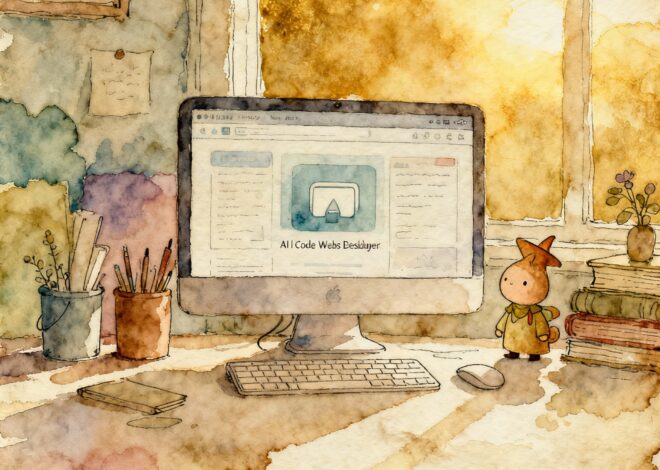
AI vs. Deepfakes: The Battle for Truth
AI vs. Deepfakes: The Battle for Truth
In today’s digital age, the line between reality and fiction is increasingly blurred by the emergence of deepfakes and the efforts of AI to counter them. Here’s a detailed exploration using the T.H.R.E.A.D. framework to highlight the significance and implications of this technology.
T – Title
AI vs. Deepfakes: The Battle for Truth
H – Hook
Imagine receiving a video of a world leader announcing a catastrophic event, only to find out it was a fake. This is the reality of deepfakes, and it’s changing everything we thought we knew about truth. Deepfakes are AI-generated images, videos, or audio that can replace someone’s face or voice with another’s, blurring the lines between reality and fiction. Meanwhile, AI is being harnessed to counter these forgeries. The war between AI and deepfakes is on, and here’s how it affects us.
R – Relate
Deepfakes are not just a tech novelty; they pose a significant threat to our daily lives. They can be used for cyberbullying, as seen in schools where AI-generated content has led to severe emotional and psychological impacts on students. Moreover, deepfakes can spread misinformation, affecting political discourse and trust in media. The average person can’t distinguish these fakes from reality, making it a universal concern.
E – Emphasize
The ethical implications of deepfakes are profound. They exploit trust and often cross ethical lines, unlike AI avatars, which are used to enhance experiences respectfully. Deepfakes can lead to fraud, privacy violations, and manipulation of public opinion. The stakes are high, and it’s essential to understand how AI could both create and combat this issue.
A – Apply
To combat the threat of deepfakes, AI detection tools are being developed. These tools use deep learning algorithms to analyze digital media for inconsistencies that might indicate it has been manipulated. Additionally, educational programs are crucial in teaching people how to critically assess digital information and recognize the signs of deepfakes.
D – Download
In conclusion, the battle between AI and deepfakes is a complex issue that requires ongoing efforts in development, regulation, and education. As AI continues to evolve, it is crucial to ensure that these technologies serve humanity’s best interests, preserving truth and trust in our digital world. Stay informed, remain vigilant, and support initiatives that promote responsible AI use.
Additional Content to Enhance the Article
Deepfakes: What Are They?
Deepfakes are AI-generated or manipulated media content (images, videos, or audio) designed to deceive viewers by convincingly integrating one person’s likeness, voice, or actions into a different context.
How Deepfakes Work
Deepfakes rely on deep learning algorithms, which are trained to generate highly realistic media by pitting creation against detection models. This iterative process makes deepfakes increasingly sophisticated and difficult to spot.
Ethical Considerations
While AI avatars enhance experiences transparently and respectfully, deepfakes exploit trust for entertainment or manipulation. The ethical lines are clear: AI avatars aim for meaningful interactions, whereas deepfakes often violate privacy and spread misinformation.
AI in the Real World
AI is not just about generating deepfakes; it serves various beneficial purposes that can enhance our lives and interactions.



